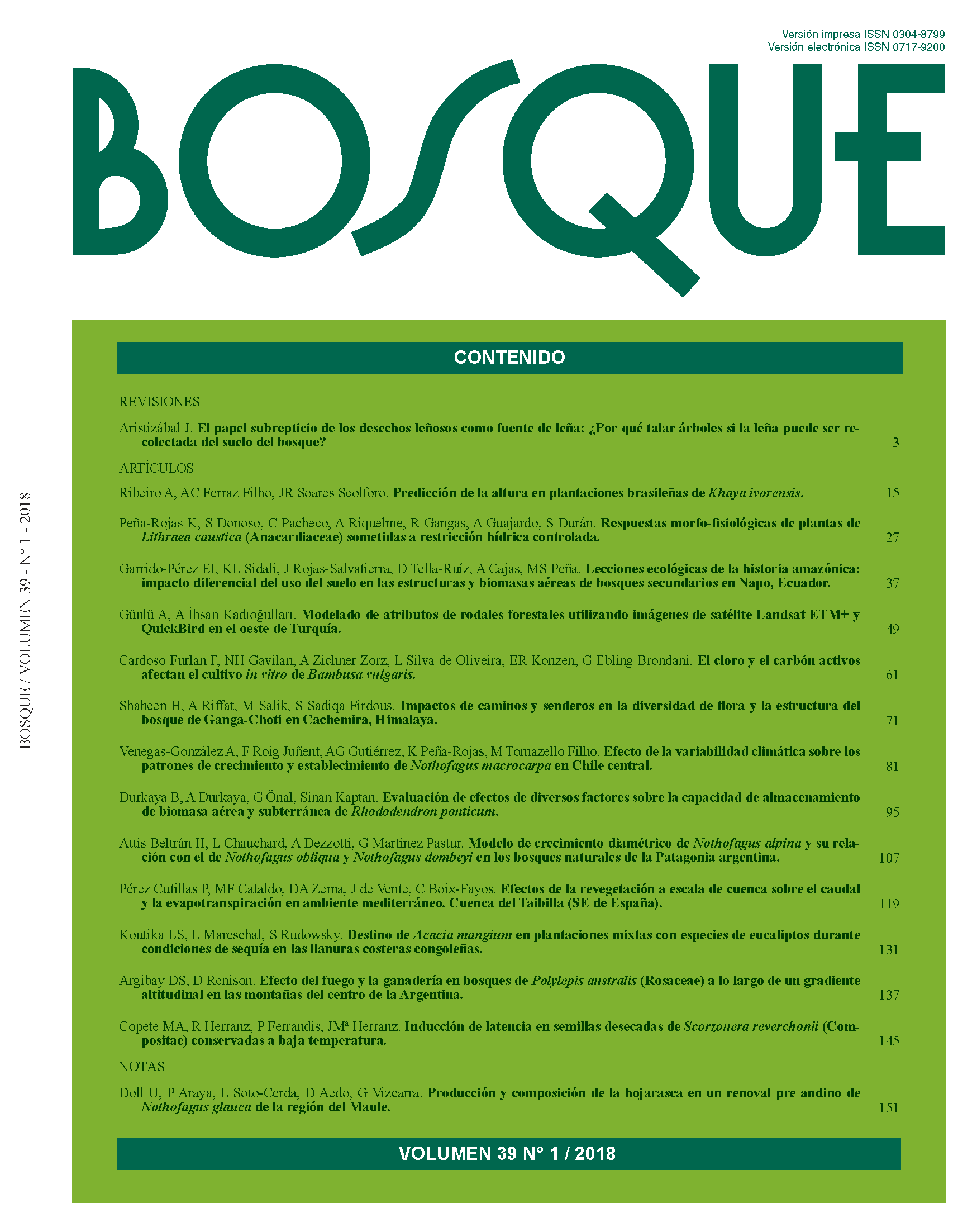The hidden role of woody debris stocks as a woodfuel source: why cutting down trees if woodfuel can be gathered from forest floor?
Main Article Content
Abstract
Recently, the key role played by woody debris within the ecological dynamics of forest ecosystems has been acknowledged; however, its contribution as a source of woodfuel has barely been studied, despite being the most important energy resource for one-third of world population. Over decades, the widely held belief that woodfuel exclusively comes from woody living biomass has labelled woodfuel collection as a driver of tropical deforestation. The poor understanding about gathering ways of this resource in the rural developing world has hidden the fact that it is mainly sourced from woody necromass, of which their stocks and productivity may be estimated at 35 Pg and 6.5 Pg year-1 in tropical forests, respectively. Whether necromass productivity of both geographically accessible tropical forest for rural communities and other types of woody vegetation is taken into account together, a potential supply of 2.19 Pg year-1 could be estimated, which would meet by far, the projected global rural woodfuel demand. It concludes that household-oriented woodfuel collection is far from being a driver of deforestation; instead, this latter might jeopardize access to this energy source. This paper tries to provide a new insight about the relationship between rural energy security and forest-based ecosystem services and their repercussions on climate change.

